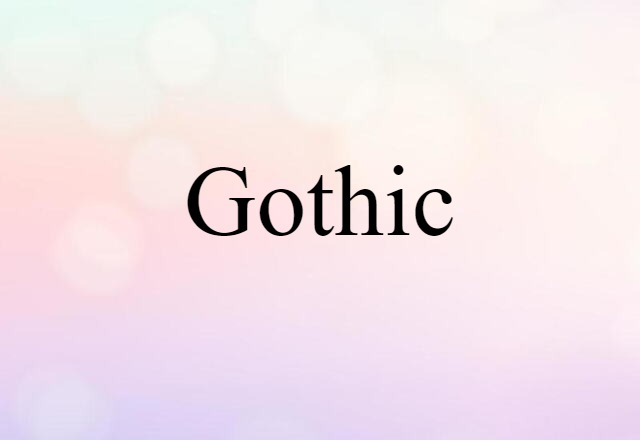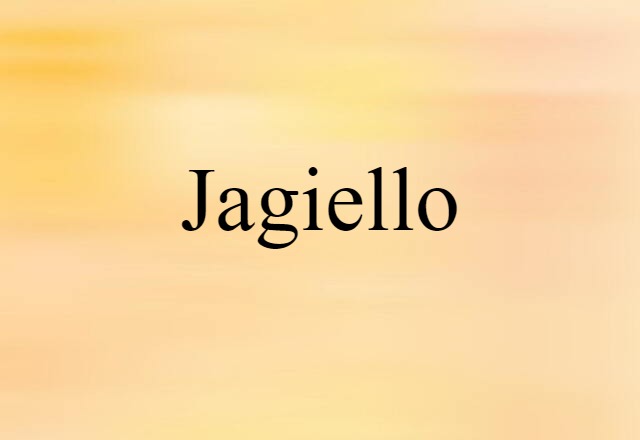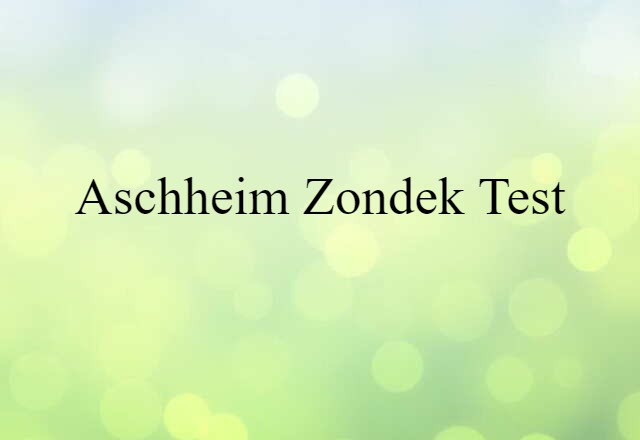- noting or pertaining to a style of architecture, originating in France in the middle of the 12th century and existing in the western half of Europe through the middle of the 16th century, characterized by the use of the pointed arch and the ribbed vault, by the use of fine woodwork and stonework, by a progressive lightening of structure, and by the use of such features as flying buttresses, ornamental gables, crockets, and foils.
- pertaining to or designating the style of painting, sculpture, etc., produced between the 13th and 15th centuries, especially in northern Europe, characterized by a tendency toward realism and interest in detail.
- of or relating to Goths or their language.
- of or relating to the music, especially of northern Europe, of the period roughly from 1200 to 1450, including that of the Ars Antiqua, Ars Nova, and the Burgundian school.
- pertaining to the Middle Ages; medieval.
- noting or pertaining to a style of literature characterized by a gloomy setting, grotesque, mysterious, or violent events, and an atmosphere of degeneration and decay:19th-century Gothic novels.
- being of a genre of contemporary fiction typically relating the experiences of an often ingenuous heroine imperiled, as at an old mansion, where she typically becomes involved with a stern or mysterious but attractive man.
- of or relating to the goth subculture or musical scene.
- noting or pertaining to the alphabetic script introduced for the writing of Gothic by Ulfilas and derived by him from Greek uncials with the addition of some Latin and some invented letters.
- barbarous or crude.
- the arts and crafts of the Gothic period.
- the extinct Germanic language of the Goths, preserved especially in the 4th-century translation by Ulfilas of the Bible. Abbreviations: Goth, Goth.
- a story, play, film, or other work in the gothic style.
- black letter.
- a square-cut printing type without serifs or hairlines.
- denoting, relating to, or resembling the style of architecture that was used in W Europe from the 12th to the 16th centuries, characterized by the lancet arch, the ribbed vault, and the flying buttress
- of or relating to the style of sculpture, painting, or other arts as practised in W Europe from the 12th to the 16th centuries
- of or relating to a literary style characterized by gloom, the grotesque, and the supernatural, popular esp in the late 18th century
- of, relating to, or characteristic of the Goths or their language
- primitive and barbarous in style, behaviour, etc
- of or relating to the Middle Ages
- another word for Goth (def. 4)
- Gothic architecture or art
- the extinct language of the ancient Goths, known mainly from fragments of a translation of the Bible made in the 4th century by Bishop Wulfila
- the family of heavy script typefaces
- another word for Goth (def. 3)

More Definitions
- TELOMERIZATION (noun) Definition, Meaning & Examples
- YSBADDADEN CHIEF GIANT (noun) Definition, Meaning & Examples
- SUM UP (noun) Definition, Meaning & Examples
- STILL FRAME (noun) Definition, Meaning & Examples
- ZOOCHEMISTRY (noun) Definition, Meaning & Examples
- JAGIELLO (noun) Definition, Meaning & Examples















